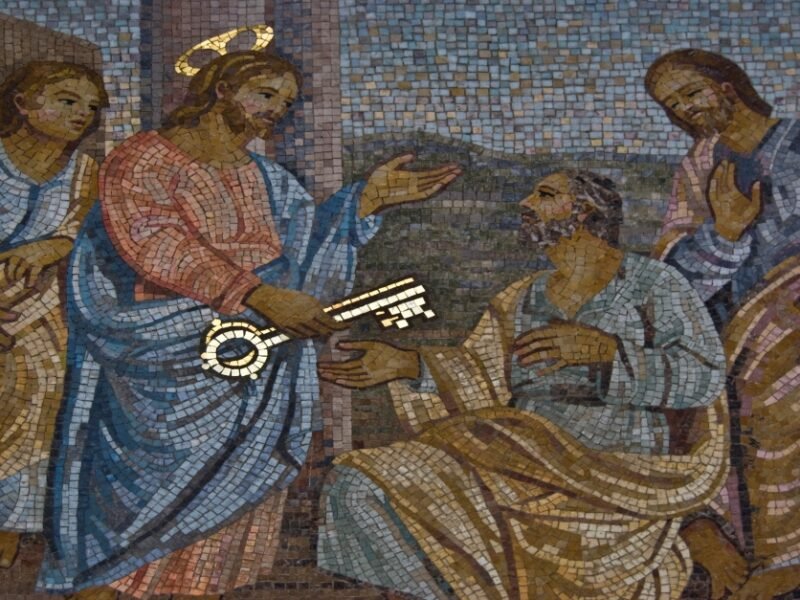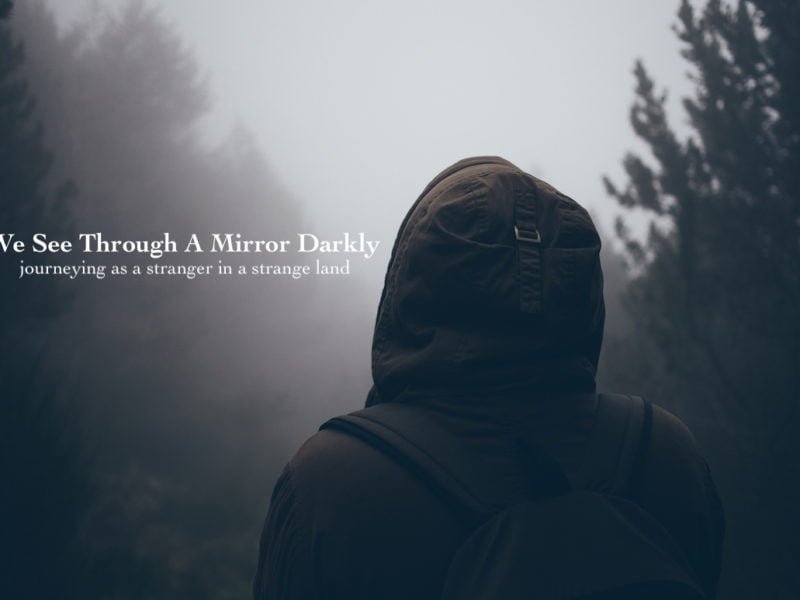Growing up in the Church of England the Book of Common Prayer (“BCP”) was more of a tool and a reference point than anything else. By the time I came along, it was not the exclusive liturgy of the Church, and modest attempts to modernize the liturgy were being made in the form of the various ‘Alternative Services.’ In general, parishes made their liturgical decisions based on what worked, and what fitted in with their tradition. The parish in which I lived used a mish-mash – Series 3 for Communion, the BCP for Mattins (which was getting rare) and Evensong, Series 1 for marriage and burial offices until the Alternative Service Book came along in 1980. The church I usually attended used Series 2 and the BCP, in the form of the little green ‘A Shorter Prayer Book,’ for everything else, and, in all honesty, we continued using Series 2 well past its official authorization. Apart from a few fanatics on either end, who – as is usually the case – tended to be clergy, we were definitely not as wedded to the concept of one book in the same way as the American Church.
One result of having a ‘mixed economy’ background when it comes to the liturgy is that what tends to be important to me is how the liturgy in use presents the corporate memory of the Church concerning worship. A mild updating of the liturgy every now-and-again is inevitable, but a wholesale revolution in the worship of the Church is something that invites the laity to ask the question – ‘Is this a new religion?’ This was particularly the case in the USA, where liturgical reform and doctrinal innovation went together. The ordination of women, the liberalization of the ECUSA’s stances on divorce, abortion, and other social issues, and the evolution of what became the 1979 Book of Common Prayer went together leaving folks with the impression that a ‘new Episcopal Religion’ had been created. Unfortunately, the Continuum in avoiding the former ended up Canonizing the 1928 BCP, though in Anglo-Catholic circles, with the caveat that we never have to use it as written. This means that the Continuum has become frozen in a cultural moment – roughly speaking the 1920s to the 1950s – when the 1928 BCP reflected the orthodoxy of the time. It has only been in the last fifteen years or so that some Continuers have woken up and realized that the 1928 BCP itself, like all the American BCPs, is somewhat Latitudinarian, but in most cases, the cure they have suggested, returning to the 1662 BCP, is in some ways, worse than the disease.
Now, let us get it straight what I am talking about is not doctrine. The one thing I will give the 1662 BCP is that it accurately reflects the theology of the English Reformation because it is a revision of one of the Reformation-era documents. However, it is extremely inflexible. If you actually follow the rubrics (now there’s a novel concept!) one would say the exhortation at Mattins and Evensong 730 or 732 times a year, and the Communion exhortation 70-odd times a year, which leads to a certain wordiness that even well-instructed folks today tend to rebel against. I am definitely not a fan of the International Version of the 1662 BCP, mainly because I am too familiar with the 1662 itself, but one thing it does have going for it is that it allows many of the common deviations from the printed text that have become usual over the last 200 years.
Ultimately, we will have to look beyond the simplistic 1662 or 1928 models to make a commonsense revision of the Prayer Book. The REC and the ACNA have made commendable attempts in that direction. Sadly, the REC version is still too much in thrall to the 1662 or 1928 mindset which has produced a book that neatly encapsulates the present-day dilemma of the REC in that its liturgical forms straddle the liturgical Calvinism that can be read into the English Prayer Book, and the High Church/Latitudinarian tradition of the American Revisions. Meanwhile, the ACNA Book of Common Prayer (2019), whilst a considerable improvement on its model – the 1979 BCP – is still too much of a liturgical smorgasbord to serve as a formulary. In the end, the way forward would seem to be something like the 1662 material in the 1928 order, but with some amendments, such as removing some of the duplications within the liturgy. I would also argue for retaining the more flexible 1928 BCP rubrics.
The other aspect that must be remembered, especially among those of us who see something positive in ‘the Old Church,’ is that the Old Episcopalianism did have a markedly ecumenical bent – a positive inheritance from both the Latitudinarian side of Episcopalianism which tended to play up the similarities between Protestantism, and the Old High Churchmen who wished to extend the benefits of Episcopacy to other churches. W. A. Muhlenberg, W. R. Huntington, and others campaigned for a generous spirit towards other churches, and it eventually materialized in the form of Canons 15 and 36 of the Episcopal Church’s 1958 Code. When it came to public worship, these rightly focused on the idea that Episcopalianism was firstly liturgical, and then secondly, the liturgical tradition was expressed through the BCP. This allowed for Canonical provision to be made for Christians of other traditions such as the Swedish Order of Holy Communion authorized in the Diocese of Iowa and in adjoining states during the late-1800s, or the ‘Liturgical Shape and Form’ provisions of the 1958 Canons 15 and 36.
We need to be careful not to fetishize the 1662 or 1928 Book of Common Prayer. At the end of the day, they are a tool that serves three functions – they are in some sense a formulary, part of the corporate memory of the Church, and its form of worship. That tool has some highly specialized functions and whilst reform and renewal of liturgical forms are possible and desirable, this task must be approached in a spirit that is both conservative and practical without ecclesiastical party taking precedence over the doctrines of the church as enshrined in the Bible, the Creeds, the Councils, and the Reformation-era formularies. Whether we are ready as a Church to tackle that task is still a question. We should not be surprised if, given the corrosive effects of the Frankfurt-inspired social remodeling of America and her Churches, there is not enough of a common mind left to allow us to embark on a meaningful revision, but that should not prevent us from keeping the matter of Prayer Book Revision under consideration.







'Liturgy as Collective Memory and Tool' has 1 comment
July 31, 2024 @ 1:19 pm PWH
Thank you for this article. I use the American 1789 BCP in my personal devotions, which avoids some of the problems introduced in 1928, but I understand that would not work for everyone.